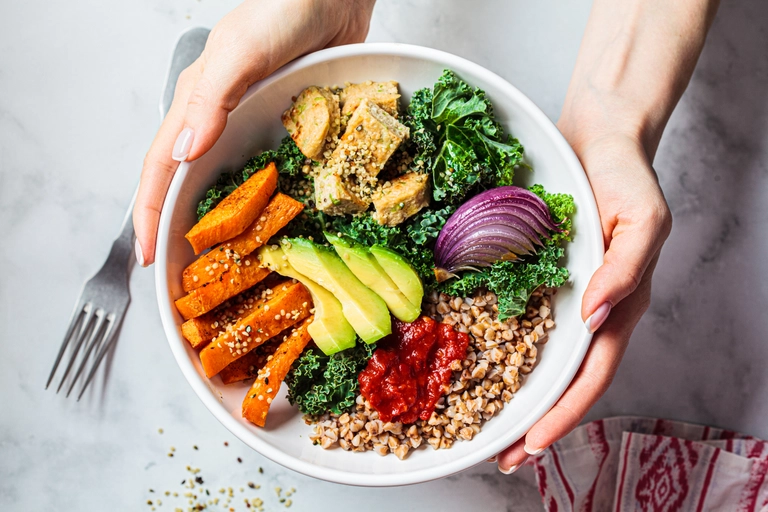InShort
- Follow 95/5 rule. Eat 95% plants based and 5% animal based food .
- Daily dose of beans . Eat a cup of beans daily spread out across breakfast, lunch or dinner.
- Diminish dairy.
- Abstain from sugar. …
- Snack on nuts.
- Sour on bread.
- Prefer fish to other meats..
- Go WHOLLY WHOLE.
The popularity of the blue zone diet is on the rise as evidenced by over one billion hashtags associated with it, predominantly found on TikTok. Additionally, a recent documentary series has been launched to explore the potential benefits of this dietary approach.
Nevertheless, despite the intrigue surrounding this diet, verifying its efficacy and assessing its true healthfulness can pose challenges. Hence, as a nutrition specialist, I have chosen to delve into its details through research.
What is Blue Zone?
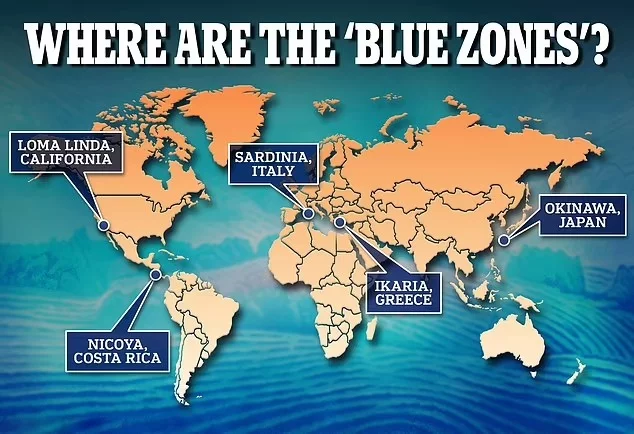
The term “Blue Zone” isn’t scientific, yet it designates regions globally where individuals frequently live past the age of 100. Research indicates that the probability of reaching 100 in these areas is ten times higher than in the United States.
American author Dan Buettner popularized this term, pinpointing five key Blue Zones:
- Ikaria in Greece,
- Loma Linda in California,
- Nicoya Peninsula in Costa Rica,
- Okinawa in Japan,
- Sardinia in Italy.
These regions boast notably low rates of diabetes, heart disease, and cancer. Buettner aimed to uncover shared characteristics among their inhabitants to explain their exceptional longevity and well-being.
Among these commonalities, diet stands out, although other factors play a role as well.
What is included in the Blue Zone Diet?
The Blue Zone Diet primarily consists of vegetables and fruits, but it’s important to note that dietary habits can vary across regions due to cultural, historical, religious, and social traditions. However, there are some commonalities among them.
Fruits and Vegetables

Residents of the Blue Zones consume a variety of fruits and vegetables, which are rich in essential vitamins, minerals, and fiber, contributing to overall health benefits. There is ample evidence to suggest that a diet rich in fruits and vegetables can reduce the risk of heart disease and cancer. Research also indicates that a diet consisting of fruits and vegetables is beneficial for general health, skin, and digestion.
According to medical experts in Britain, incorporating 400 grams of fruits and vegetables into daily diet is beneficial for health.
Pulses, Nuts, and Whole Grains
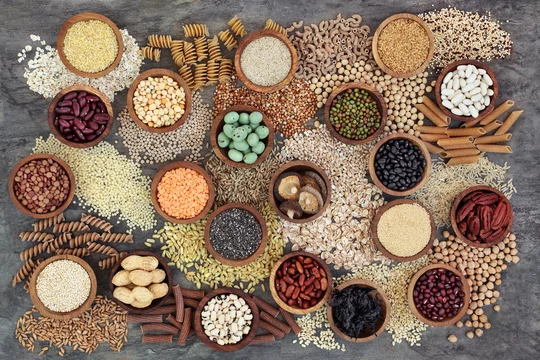
People in thw blue zones eat roughly four times as many beans as the average American
Dietary sources rich in protein are considered important in the Blue Zone, offering numerous benefits. They are high in fiber and low in fat, which have positive effects on the stomach, intestines, and heart.
Residents of the Blue Zone consume a significant amount of whole grains. These grains are low in fat but high in fiber.
They provide essential nutrients such as fatty acids, vitamin B, folic acid, and other nutrients. They include barley, wheat, brown rice, and corn.
Such food is quite beneficial in reducing the risks of heart diseases.
Low-fat food

People in these five regions are fond of dishes with minimal fat content. Instead of meat, butter, and cheese, they rely more on olive oil, mackerel fish, and avocado, which helps in keeping cholesterol levels low and reduces the risk of heart diseases.
Additionally, they incorporate local almonds, walnuts, and pistachios into their daily diet. Along with a healthy diet, using these also brings numerous other benefits besides keeping the heart safe.
Fermented foods
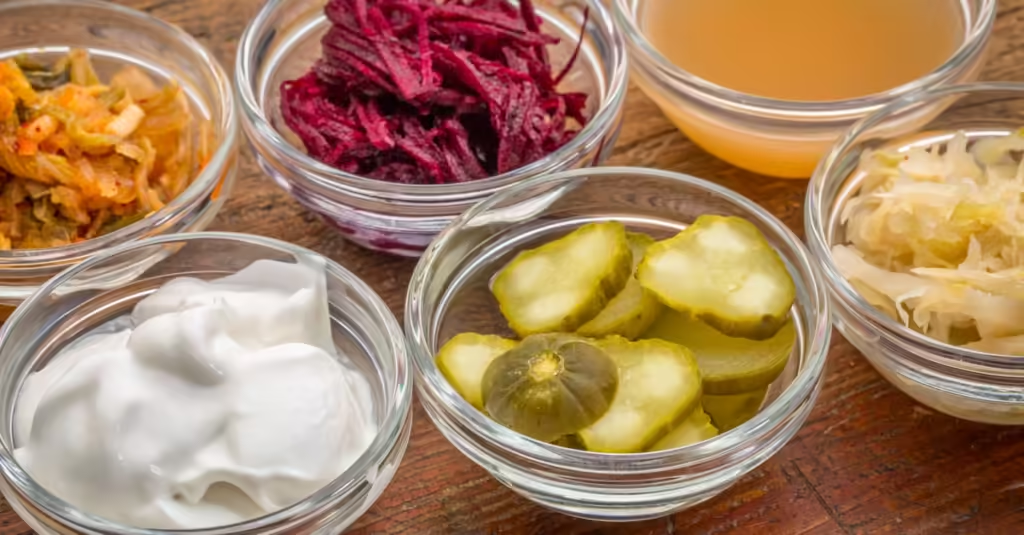
Fermented foods contain probiotics, which are beneficial bacteria that are good for health and digestion. For example, miso soup is common in Okinawa. However, further research is needed on the long-term effects of fermented foods because much is still unknown about them.
Fish
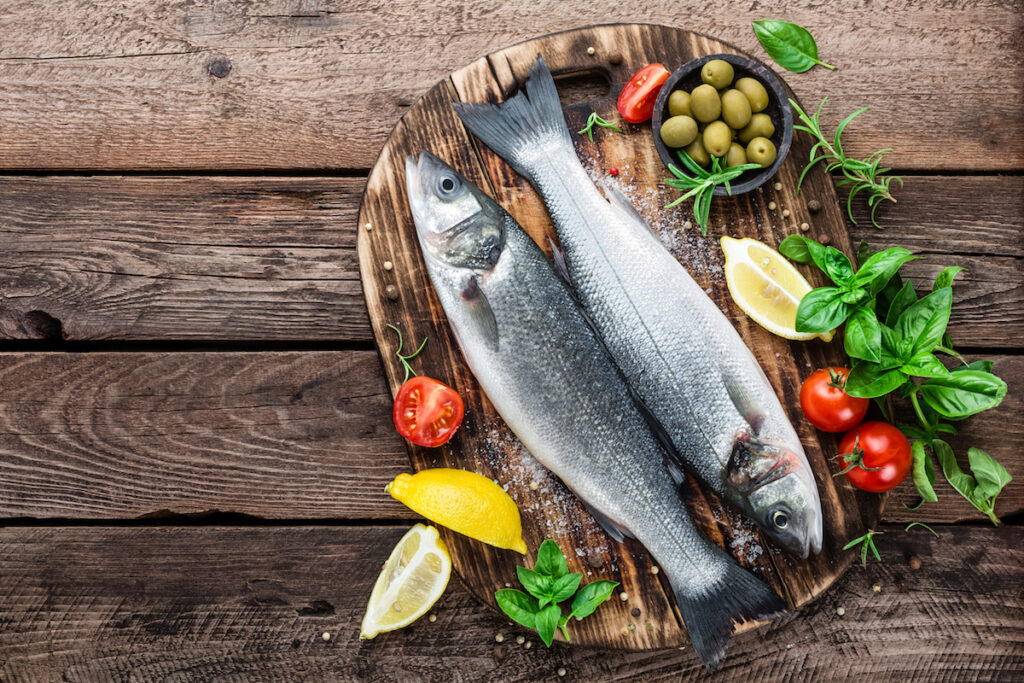
In the Blue Zone, fish is consumed three times a week, but in small quantities. Fish has less fat compared to meat and is rich in nutrients. It also contains omega-3 fatty acids, which are beneficial for brain and heart health.
In the UK, it is recommended to consume fish twice a week as part of a healthy diet, including varieties like salmon, sardines, or trout.
Meat

Meat consumption is limited in the Blue Zone diet and is not eaten frequently. In Sardinia, meat is commonly consumed on Sundays or special occasions.
However, it’s not the case that every region consumes less meat. In Nicoya Peninsula, about half of the elderly population eats meat three to five times a week.
Beef and mutton can be healthy because they contain protein, minerals, and vitamins, but it’s important to consume them in moderation. Additionally, it’s crucial to limit the intake of processed meats.
Water and beverages


Never drink soft drinks (including diet soda). With very few exceptions, people in blue zones drank coffee, tea, green tea and water. Soft drinks are unknown to most blue zones centenarians.
WATER The consumption of ample water is a characteristic of almost all regions in the Blue Zone. Research suggests that regular water intake is beneficial for good health.
TEA People in all the blue zones drink tea. Okinawans nurse green tea all day. Green tea has been shown to lower the risk of heart disease and several cancers. Ikarians drink brews of rosemary, wild sage, and dandelion—all herbs known to have anti-inflammatory properties.
COFFEE Sardinians, Ikarians, and Nicoyans all drink copious amounts of coffee.
Research associates coffee drinking with lower rates of dementia and Parkinson’s disease.
Additionally, other beverages such as qahwa and green tea are also quite common among the residents, especially in Okinawa, Japan.

